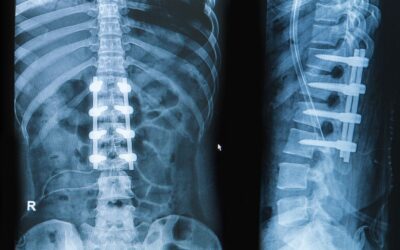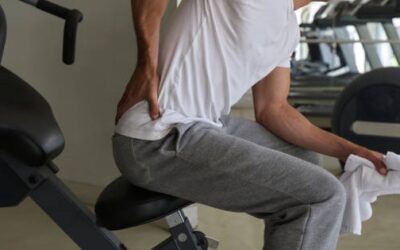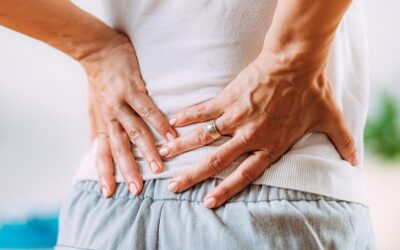The winter seed is taking shape on our courses and our local golfers are coming out of their summer cocoons, and visitors from the North soaking up our sunshine. It is that time of year again where I begin to see a lot of golfers who develop low back pain.
Have you ever hummed along the golf course, finished hole 9 with a birdie, and then noticed your back starting to stiffen up? Did you think to yourself, “Am I going to be able to make the entire back 9 if my back keeps up like this? Am I going to have to call it a day before I even get to the back half? What if this pain affects my swing and I have to be the designated driver while the rest of my golfing buddies are tearing up the course without me?” Have you ever had to limit the number of holes you play because of your back pain?
Hopefully this is not happening to you. But, if you have kept reading this far because you are even slightly interested, there is a good chance this is something you have experienced at least once. Let me tell you the most common culprits for the low back pain in golfers…
Here’s a hint:
AND IT’S NOT ALWAYS YOUR LOW BACK’S FAULT…
Truth of Low Back Pain For Golfers
It usually stems from the joints above and below the low back. They are the thoracic spine (mid-back) and the hips. These joints are supposed to be relatively more mobile than the low back in rotation (needed in a golf swing). These joints can often become restricted, lose mobility, or just lack the proper stability at their end-ranges.
This is especially true for the avid golfer this time of year. This is when they start picking up their sticks again for the first time after a whole summer off from golfing. In addition to the lack of swings combined with the unlikely presence of a structured golf specific training regimen during the summer, you got yourself a recipe for low back pain.
The lumbar spine (low back) is not made to rotate like the thoracic spine (mid-back). It is strictly based on anatomy. Our hips are one of the most mobile joints in our body and provide a lot of rotation capability. So if you are not getting the rotation through the thoracic spine or the hips, where do you get the rotation? You guessed it, the low back.
Not only do you have to look at the motion of those joints, you should also really look closely at the stability towards the end-ranges. For example, on your follow through, most of your weight is shifted through the lead leg. With this shift, you are also turning your upper body to face where you are intending to hit the golf ball. This makes the hip go through internal rotation motion. If you are not stable on that front hip, you are going to be putting a lot of strain on the low back to try and compensate to make you stable.
Conclusion:
So, basically, to produce the same amount of “turn”, power into the strike, and perceived swing speed, the back will inherently try to become more mobile. The problem with that is the low back and “core” are meant to be strong and stable during the swing to transfer your energy produced from your lower and upper half.
When the low back can no longer be that strong foundational base, we start seeing more muscular strains, joint irritation, and even nerve irritation which is a problem.
So when you’re sick and tired of being the designated drivers for your buddies, limiting your swings per week, reaching for the ibuprofen, or looking to get rid of your addiction to hot/cold packs after a round of golf, remember you have a better and more proactive way to approach this issue before it gets worse.
Don’t let back pain be something that keeps you off the green. Send me an email at [email protected] and give me a call at 480-452-9191 to schedule a FREE 30 Minute Consultation with me so I can help keep you from being the designated golf cart driver instead of enjoying a great game with your golf buddies.
Steven Alexander PT, DPT, Cert DN




